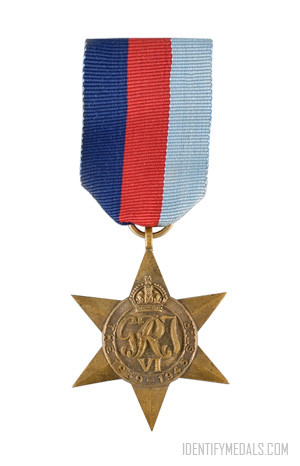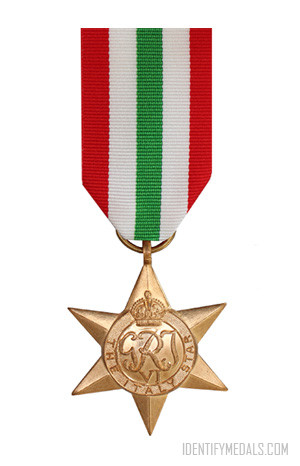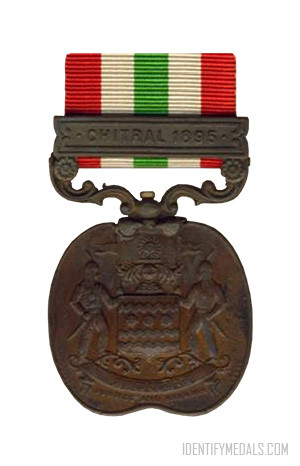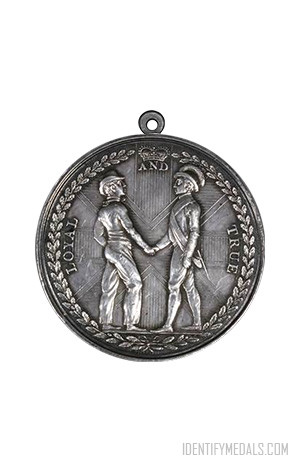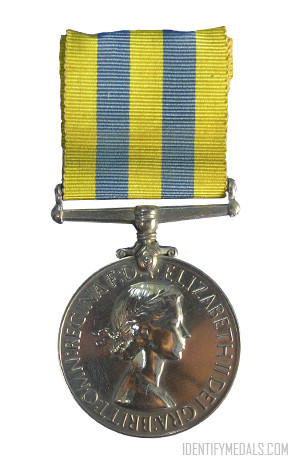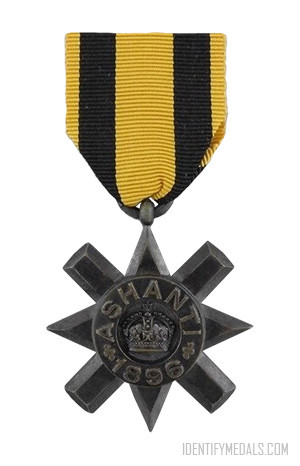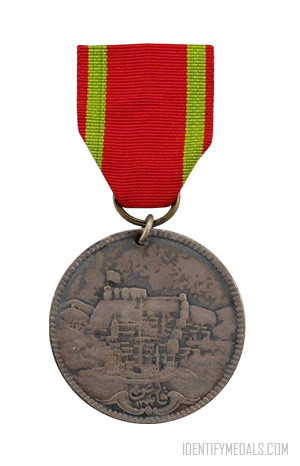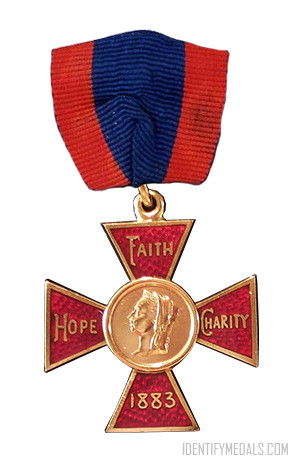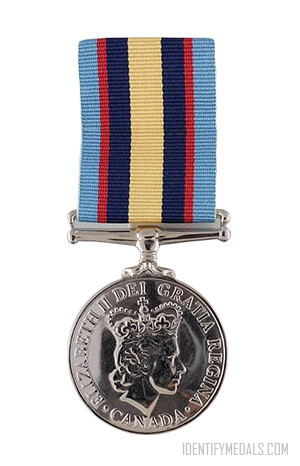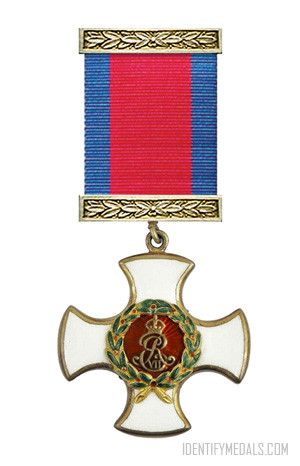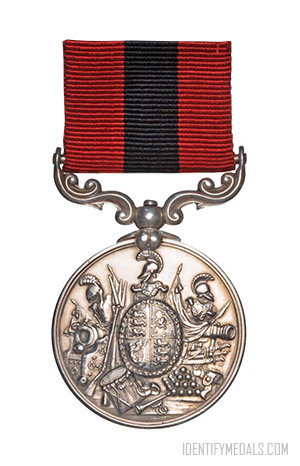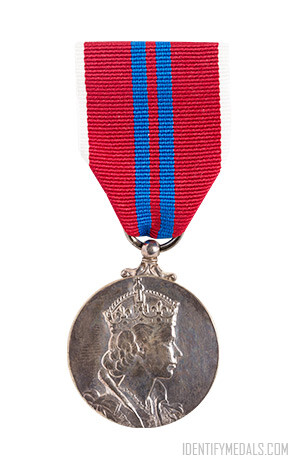- Time Period: World War II
- Institution: 8 July 1943
- Country: Great Britain, Australia
The 1939–1945 Star is a military campaign medal instituted on 8 July 1943 by the United Kingdom to award to subjects of the British Commonwealth for service in the Second World War during specified periods of operational service overseas (between 3 September 1939 and 2 September 1945). The broad criteria was 180 days of service with more specific criteria depending on the service arm.
The 1939–43 Star was awarded to 1,600,000 officers and men. The order of wear of the Second World War campaign stars was determined by their respective campaign start dates and by the campaign’s duration.
The 1939–1945 Star Design
The set of nine campaign stars was designed by the Royal Mint engravers. They are six-pointed stars, struck in yellow copper zinc alloy to fit into a 44 millimeters diameter circle.
The obverse of the 1939-1945 star has a central design of the Royal Cypher “GRI VI“, surmounted by a crown and a circlet in which is inscribed “THE 1939–1945 STAR“. The reverse is plain and, as with the other Second World War campaign medals, a no-engraving policy was applied by all but three British Commonwealth countries (but the recipient’s name was impressed on the reverse for Australians, Indians and South Africans).
The 1939–1945 Star Clasps
There are two clasps for the 1939-1945 Star: The Battle of Britain clasp and the Bomber Command clasp. Both clasps were struck in bronze and had a frame with an inside edge resembling the perforated edge of a postage stamp. The clasps are denoted by a golden or silver-gilt rosette worn on the ribbon bar. There were two clasps instituted to be worn on the medal ribbon: A Battle of Britain clasp and a Bomber Command clasp.
The Battle of Britain clasp was awarded to those who had participated in the Battle of Britain military campaign. This is the rarest one as it was given to aircrew members of stipulated squadrons of Fighter Command who had flown at least one operational sortie between 00.01 hrs 10th July and 23.59 hrs 31st Oct 1940. A total of 2,936 men qualified for it.
The Bomber Command clasp was instituted on 26 February 2013 (belated) and given to those who played a central role in the strategic bombing of Germany in World War II, participating in at least one operational sortie in a Royal Air Force Bomber Command operational unit between 3 September 1939 and 8 May 1945 inclusive. In total 364,514 operational sorties were flown and 8,325 aircraft were lost in action.
The 1939-1945 Star Ribbon
Ribbon with rosette for the Battle of Britain

Ribbon with rosette for the Bomber Command

Find This Campaign Medal
More WW2 British Campaign Medals
During World War II (1939–1945) British campaign medals were awarded to members of the British Armed Forces and civilians for active service in specific military campaigns or operations. These included:
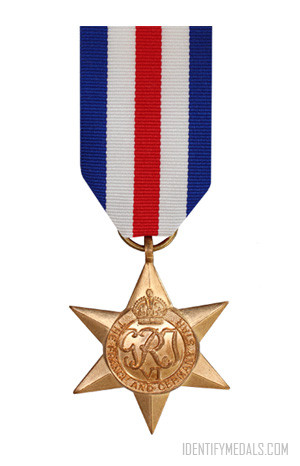
The France and Germany Star
The France and Germany Star is a military campaign medal awarded to subjects of the British Commonwealth who served during WW2.
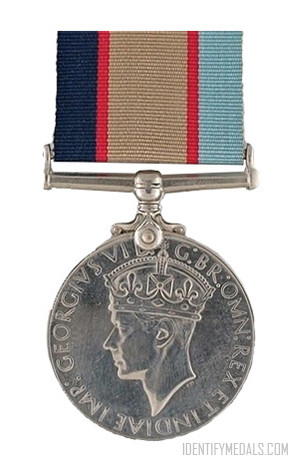
The Australian Service Medal 1939-1945
The Australia Service Medal 1939–1945 is a military medal (Great Britain, Australia) that recognizes service in Australia’s armed forces, Mercantile Marine, and Volunteer Defence Corps during World War II.
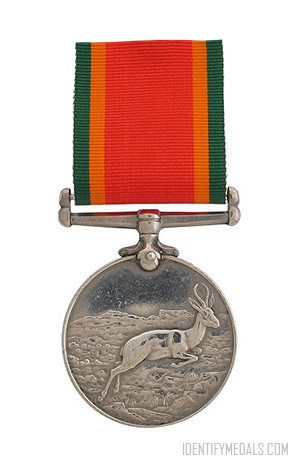
The Africa Service Medal
The Africa Service Medal is a South African campaign medal instituted by King George VI and awarded for service during the Second World War.
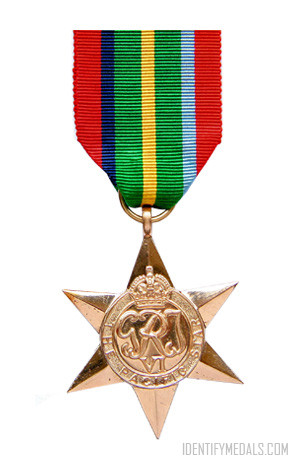
The Pacific Star
The Pacific Star is a British military campaign medal instituted by the United Kingdom in 1945 for those who served in the Pacific Campaign.
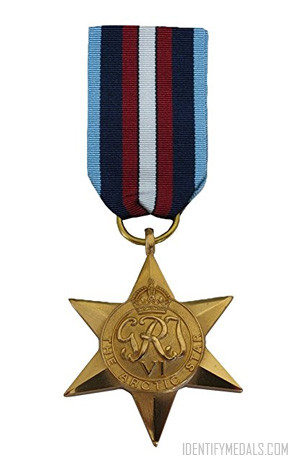
The Arctic Star
The Arctic Star is a military campaign medal which was instituted for service on the Arctic Convoys north of the Arctic Circle in WW2.
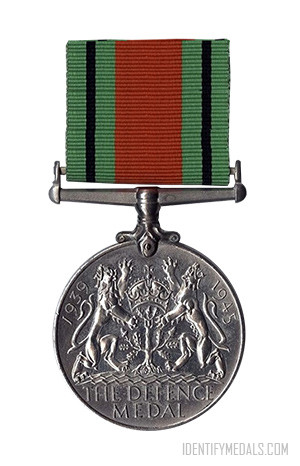
The Defence Medal (United Kingdom)
The Defence Medal is a campaign medal instituted in 1945 awarded to subjects of the British Commonwealth for service during WW2.
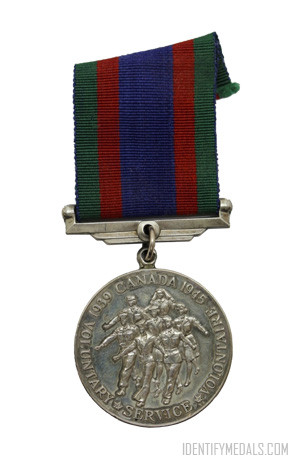
The Canadian Volunteer Service Medal
The Canadian Volunteer Service Medal is a British medal granted to persons of any rank in the Naval, Military or Air Forces of Canada.
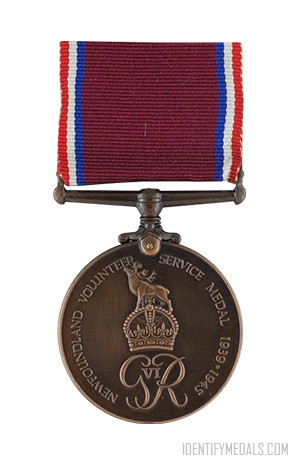
The Newfoundland Volunteer War Service Medal
The Newfoundland Volunteer War Service Medal was created to honor those from Newfoundland & Labrador who served in British Forces.
Further Reading
-
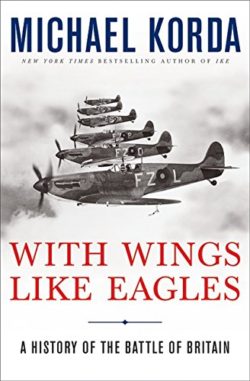
With Wings Like Eagles: A History of the Battle of Britain
$12.79 Get it from Amazon -
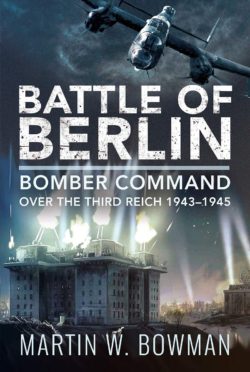
Battle of Berlin: Bomber Command over the Third Reich, 1943–1945
$11.99 Get it from Amazon -
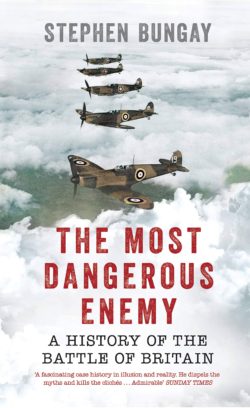
The Most Dangerous Enemy: A History of the Battle of Britain
$22.99 Get it from Amazon -
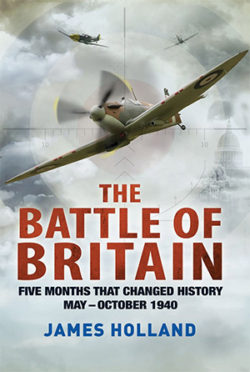
The Battle of Britain: Five Months That Changed History
$18.69 Get it from Amazon

